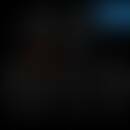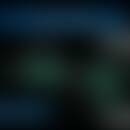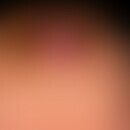Synonym(s)
Caramel; caramel colours; E 150a-150d; Saccharum tostum; Sugar colour; Sugar Couverture (von frz. couleur = Farbe)
DefinitionThis section has been translated automatically.
Zuckerkulör, also known as sugar caramel, is a black food colour that is approved without restriction in Europe as a food additive (E 150a-E 150d) for numerous foods, e.g. in sauces, soft drinks such as cola drinks, etc.
General informationThis section has been translated automatically.
Sugar caramel is produced by caramelisation. By heating sucrose above 200ºC, sucrose turns into brown-coloured caramel. The aqueous solution of this caramel is called caramelised sugar (Saccarum tostum). To increase the solubility and stability of caramel, sulphonic acid groups can be increased by adding sulphite to double bonds. Sugar caramel tastes bitter.
Note(s)This section has been translated automatically.
4-methylimidazole can be shown to be a potential carcinogen in caramel (Hengel M et al. 2013, Schlee C et al. 2013).
LiteratureThis section has been translated automatically.
- Hengel M et al (2013) Carcinogenic 4(5)-methylimidazole found in beverages, sauces, and caramel colors: chemical properties, analysis, and biological activities. J Agricultural Food Chem 61:780-789.
- Schlee C et al (2013) Determination of 2-methylimidazole, 4-methylimidazole and 2-acetyl-4-(1,2,3,4-tetrahydroxybutyl)imidazole in caramel colours and cola using LC/MS/MS. J Chromatogr B Analyt Technol Biomed Life Sci 927:223-226.
- Smith TJ et al (2015) Caramel color in soft drinks and exposure to 4-methylimidazole: a quantitative risk assessment. PLoS One 10:e0118138.



